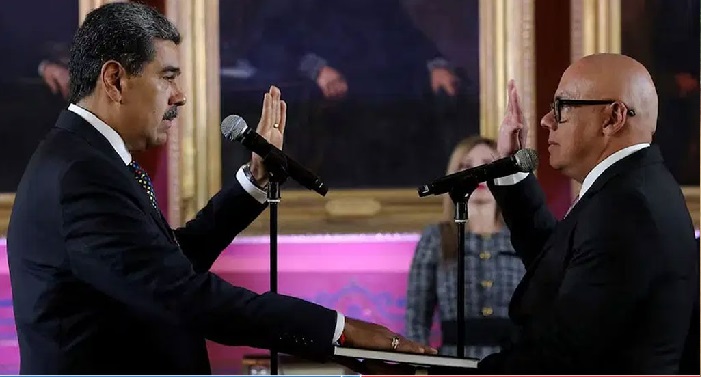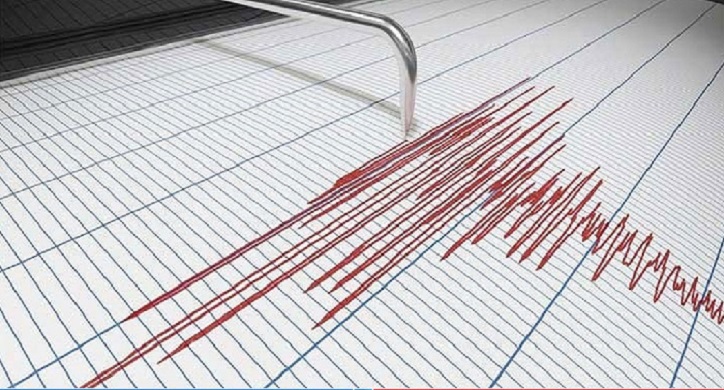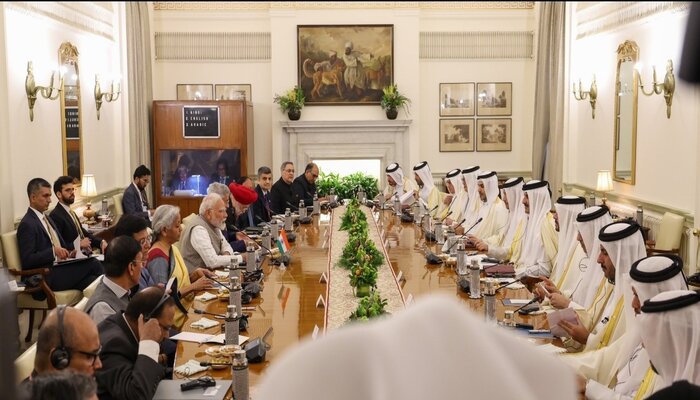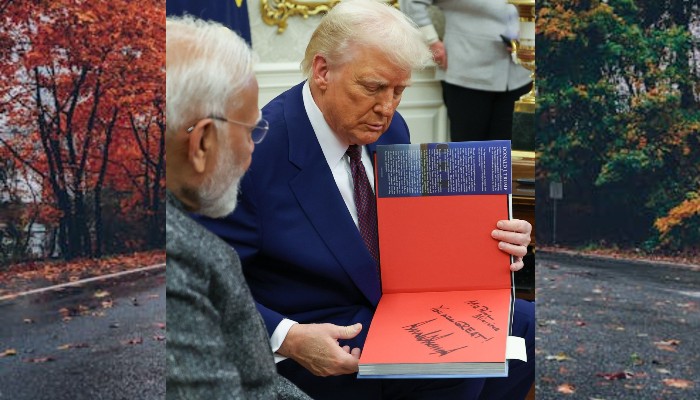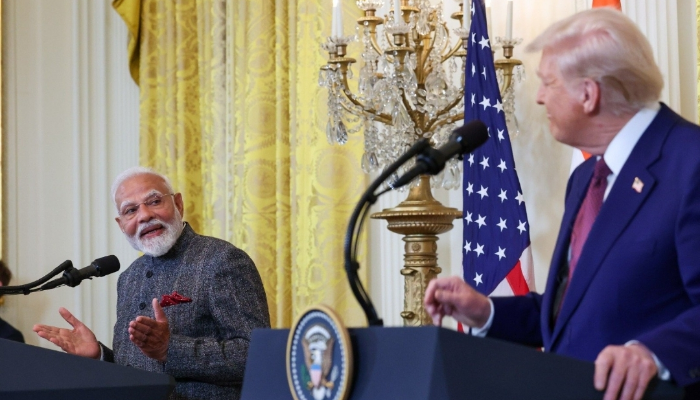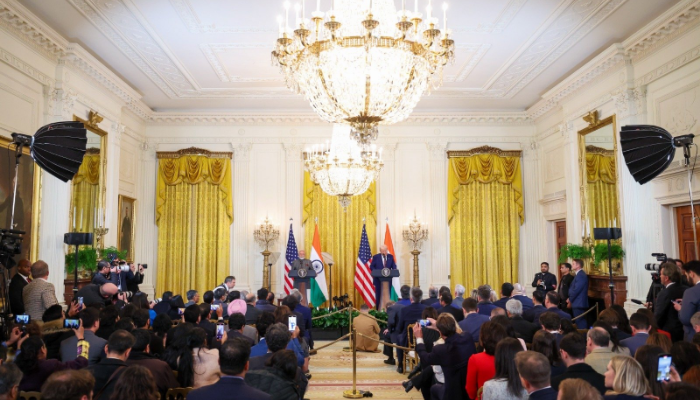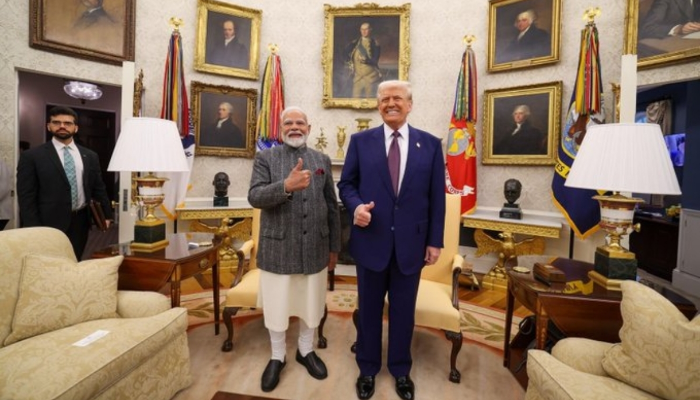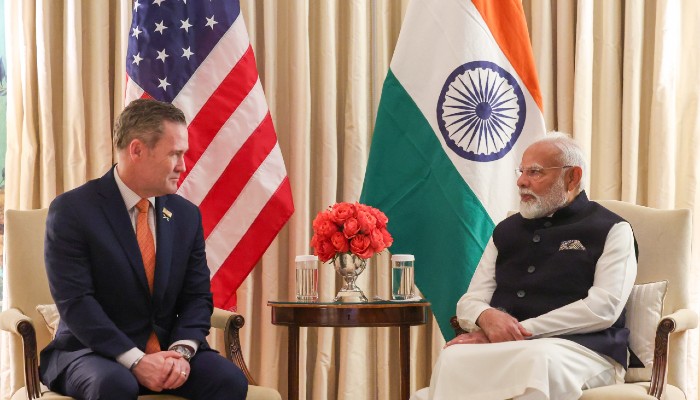Chinese President Xi Jinping inaugurated the Chancay Port in Peru, the first seaport in South America built with Chinese funding under the Belt and Road Initiative (BRI).
Hailed as the “21st-century Maritime Silk Road,” the project is expected to boost trade between Latin America and Asia significantly. Peruvian President Dina Boluarte welcomed the partnership, emphasizing China’s pivotal role in enhancing Peru’s economy.
President Xi stated that the port would generate $4.5 billion annually and create over 8,000 jobs, reducing logistics costs along the Peru-China route by 20%. Managed by China’s COSCO Shipping, the $1.3 billion project is set to handle the world’s largest container ships by 2025, facilitating exports like soybeans and iron ore from Brazil and neighboring countries.
The first vessel is scheduled to depart next week, cutting trade costs between South America and Asia by up to 20%.
However, the project has drawn mixed reactions. Local fishermen and residents expressed concerns about environmental damage and the loss of traditional fishing areas. Julius Caesar, a 78-year-old fisherman, lamented the destruction of fishing zones and criticized the Peruvian government’s failure to protect local livelihoods.
The U.S. has raised security concerns, warning that the port could be used for Chinese naval intelligence operations. Former U.S. military commander General Laura Richardson and top diplomat Brian Nichols advised Latin American nations to exercise caution regarding Chinese investments.
China dismissed these allegations as propaganda. In an editorial, the state-run Global Times described the port as a bridge for cooperation between China and Latin America, emphasizing that it is not a geopolitical tool.


